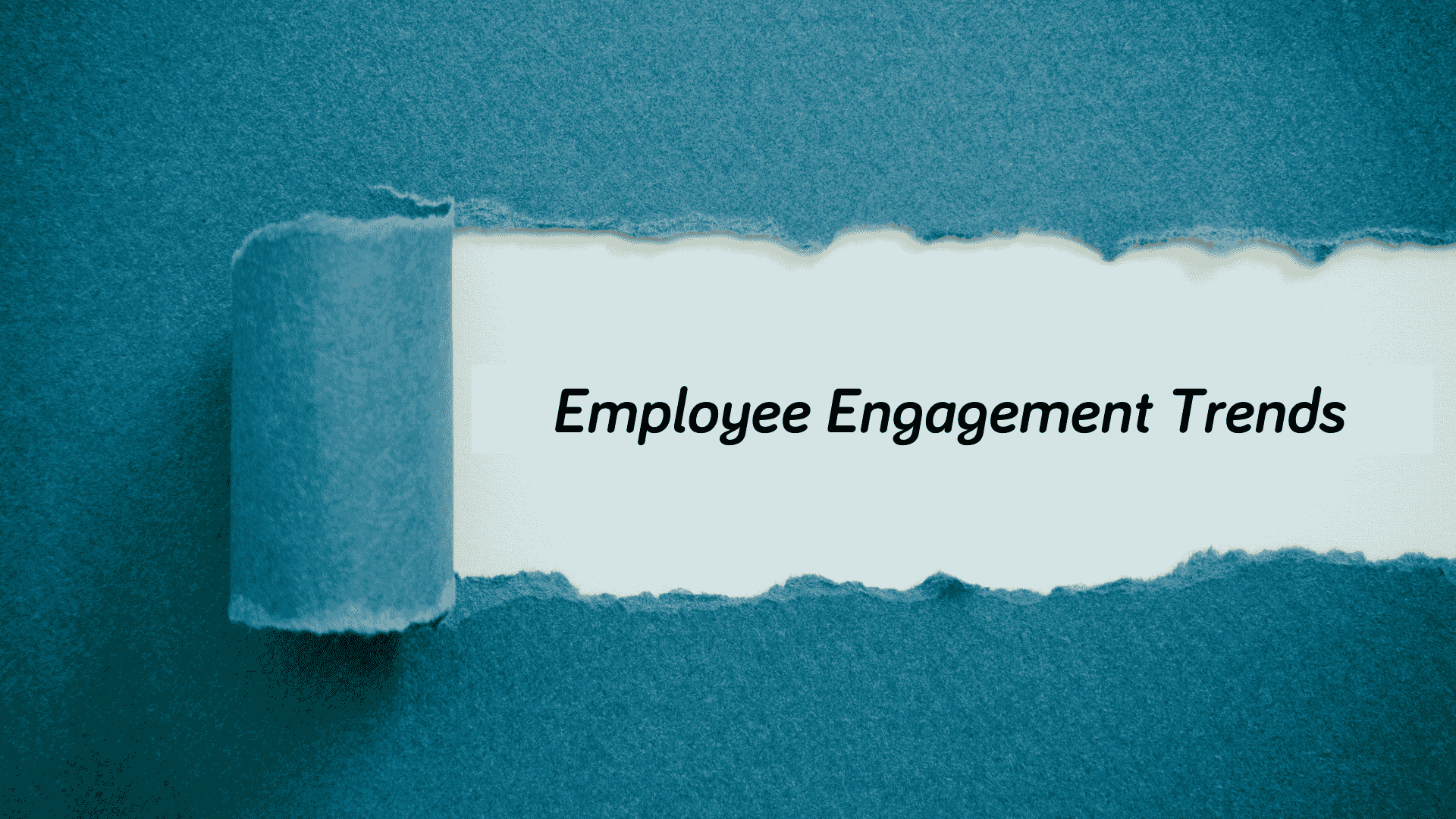Office Safety After Lockdown
April 29, 2020Categorised in: News
After a prolonged period of remote working, most business owners are eager to prepare to welcome employees back to the office as soon as possible.
As a business owner or employer, you are sure to be increasingly concerned about the continued safety of both yourself and your employees as the return to the office or site-based work is on the horizon. To assure employees it is as safe as possible to return to work, there are several things you need to ensure are in place first, such as distancing policies, office hygiene, PPE and other practices that can help reduce the spread.
1) Social distancing and reorganising workspaces
Before you start moving your offices around, consider making a rough floor plan or sketch of the room with desk dimensions included so you know exactly what layout will be most effective.
We are all accustomed to practising distancing by now, keeping a minimum of two-metres distance from others while shopping for essentials, this principle can be utilised in the workplace providing you have sufficient space. Some offices have the luxury of being spacious, where modifications can be made to accommodate this, whereas others may find this challenging. If you do have a smaller office space and can’t implement distancing, you may need to consider reverting to a ‘cubicle’ set up in the meantime. If you can’t afford to get cubicles ordered, delivered and installed, although not ideal – large pieces of cardboard or wood placed between gaps (following health and safety regulations) could create cubicle-like separations. Though this may not be as effective as manufactured cubicles, in times of financial difficulty it’s okay to get a bit creative. If you have any doubts, you can always seek advice from healthcare experts.
If employees work at group desks or in smaller rooms inside the office, move around as many workers as possible to create space between. Similarly, if the office set up has many smaller tables grouped to form a larger working space, separate tables and move them to the walls. To keep morale and engagement lifted, make sure employees are facing the centre at all times with their backs to the wall, but ensure there is distance maintained by avoiding close back-to-back or face-to-face setups. Again, if you can’t move furniture or separate employees, creating a barrier similar to above can help.
If large scale reorganisation of office space isn’t an option – consider split shifts and phased working so there are fewer people in the office at the same time., and people can spread out across different desks (ensuring all equipment is fully cleaned and sanitised after a shift of course)
2) Ramp up your office hygiene
Making sure office hygiene is implemented now more than ever is crucial to reduce risk. Hand sanitiser and wash as well as antibacterial surface wipes and spray should be placed across different points of the office at a bare minimum. Smaller bottles of hand gel should be placed at each workplace to avoid cross-contamination. Cleaning products might be in short supply, so resource some as soon as possible to avoid falling victim of the inevitable drought when lockdown eases. There is always the option to again get creative and make your own cleaning products as long as they are health and safety compliant and are in line with any correct DIY guidelines.
3) Keep the air clean
To keep the air moving, open the windows if your workspace allows it, turn the aircon on or if not, keep fans running as much as possible but avoid multiple people being able to touch it – take responsibility or appoint an employee to do so. Alternatively, equip employees with small personal fans to keep the air moving and hopefully keep the germs at bay.
4) Provide PPE for all staff and visitors
Providing your employees with effective personal protective equipment (PPE) will help minimise the risk to themselves and you. The advice for the general public is to wear masks and gloves when doing their essential shop, so you can implement this by creating an office policy. Advise employees upon their first day back they should enter the office with gloves and a mask on. PPE is currently in short supply, though, and some may struggle to get any, so if possible, make it your responsibility to distribute it to employees before they enter the office space.
If necessary, have required materials delivered to employees in order to make their own masks. A way to do this with avoiding a mass gathering in a communal area is to stagger the times in which employees arrive on day one – 5-minute intervals will be enough. This can ensure that every employee is entering the office with PPE available to them. While employees are in their personal workspace which should be suitably distanced or separated from others, masks and gloves can be removed, but enforce a policy that states outside personal workspace, PPE is always to be worn.
5) Encourage digital communication as much as possible
Discouraging face-to-face and close up contact is vital. Although a bit cold and stern, insist employees email, call or text each other. Not only does this avoid disruption from employees shouting across the office to communicate with each other, but it also helps to minimise the spread. Host meetings the same way you have been during remote working over video conferencing and provide all employees with headphones.
6) Enforce restrictions on communal eating areas and lunchtime protocols
Pre-COVID19 lunchbreaks were used as a social tool within businesses to boost morale and culture. Now, lunchbreaks will look very different. Meals should be eaten at personal workspaces rather than in a kitchen, break room or any other communal area. You may even want to consider closing non-essential communal areas for the time being to stop gatherings. If not, again create some distance and consider implementing a lunch or communal area rota.
Discourage the use of shared products such as tea, coffee and sugar. If your kitchen allows it, dedicate a space for each employee to keep food and beverages, or install drawers at the workspace to keep items in. You can even insist employees bring their cutlery and crockery in too. Otherwise, you can purchase sanitary, single-serve products to help.
Discouraging face-to-face and close up contact is vital. Although a bit cold and stern, insist employees email, call or text each other. Not only does this avoid disruption from employees shouting across the office to communicate with each other, but it also helps to minimise the spread. Host meetings the same way you have been during remote working over video conferencing and provide all employees with headphones.
7) Assign all equipment and materials
Don’t just discourage the communal use of kitchen items, this should go as far as telephones, keyboards, pens and so on.
Ensure each employee is provided with necessary stationery and equipment and provide labels so no-one is using equipment that isn’t theirs.
In the circumstance that a communal item will need to be used such as a reception phone or refrigerator door handle, masks, gloves and other PPE should always be worn.
8) Keep the focus on hand washing
We may be suffering from sore, dry hands from the vigorous washing, and this shouldn’t be forgotten upon returning to the workplace. Even though employees will be wearing gloves in communal spaces, hand washing when joining and leaving their workspace, office and communal spaces should be enforced. Remove shared hand towels and introduce single-use paper towels or a sensor-start hand dryer. Remind everyone of the recommended guidelines for washing hands and create posters around your office space to remind everyone.
9) Review your sickness policy
Adapting or reviewing your employee sickness policy is important on returning to office life. You have a duty of care over your employees as well as yourself. You should continue to monitor employees for symptoms while also establishing their responsibility to report any concerns themselves. Also, remind employees to take control of their workspaces, wiping them down. Minimising contact with other employees as much as possible until the virus is under control is important too. Make your employees feel in control of their workplace safety too by asking for suggestions around minimising the risk and slowing the spread. After all, you are a team and need to work together.
10) Consider staggered shift-reduce the volume of people
Crowded areas are cause for risen anxiety levels and are generally still frowned upon while the virus is still at high infection rates. A way around this is implementing staggered shifts, to begin with. You can review a ‘back to work’ policy that shows some departments coming into the office for a few days, while other departments come in on alternate days, this will be particularly beneficial to those with smaller office spaces where distancing may be challenging. This may also help to ease concerns about being at risk during commutes for those using public transport because time spent doing so will be reduced.
Although times ahead are uncertain and frightening, by considering the above advice you can make sure your offices are as safe as possible for your employees to return to work so you can begin the process of getting back to business as usual.




